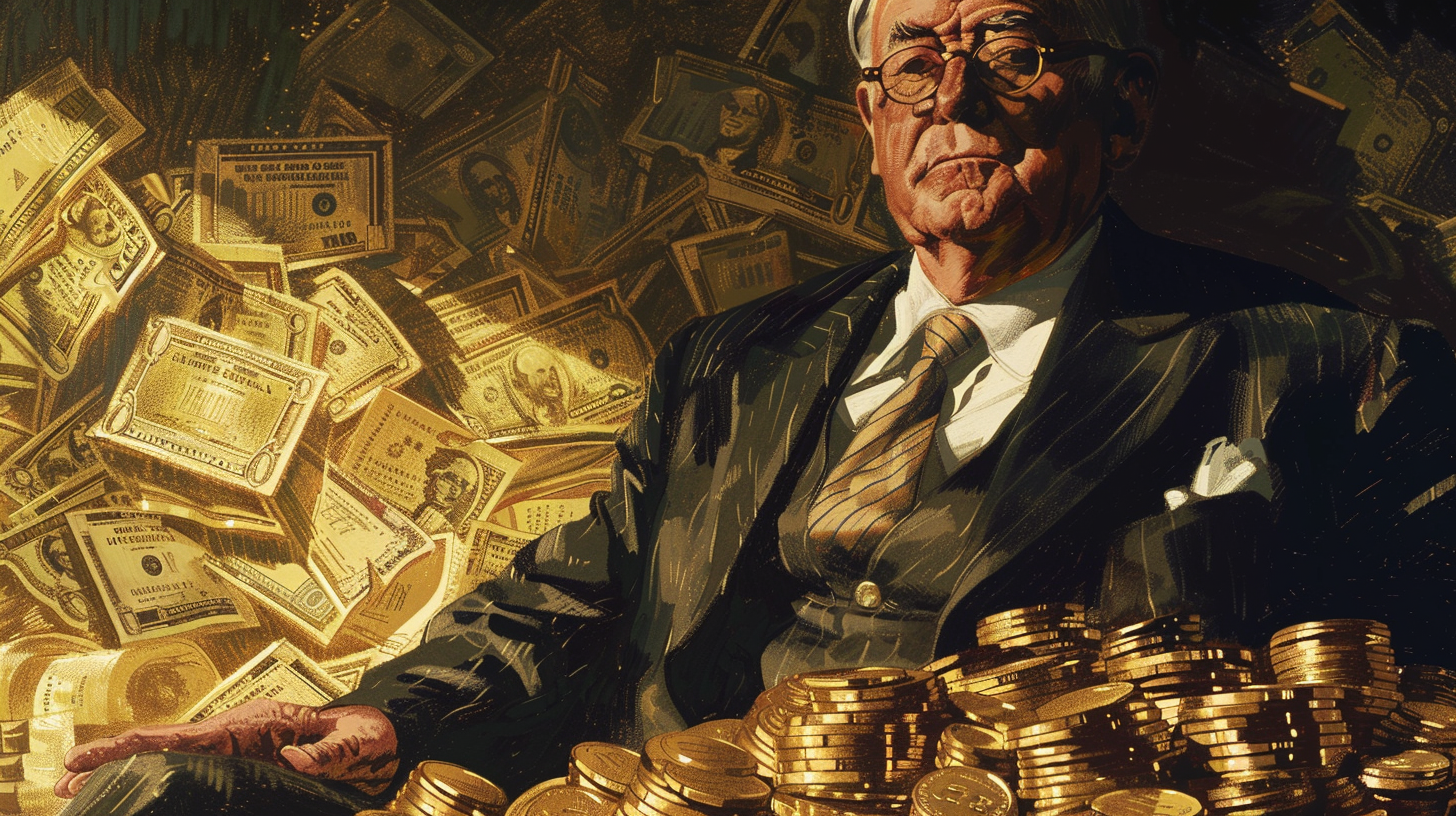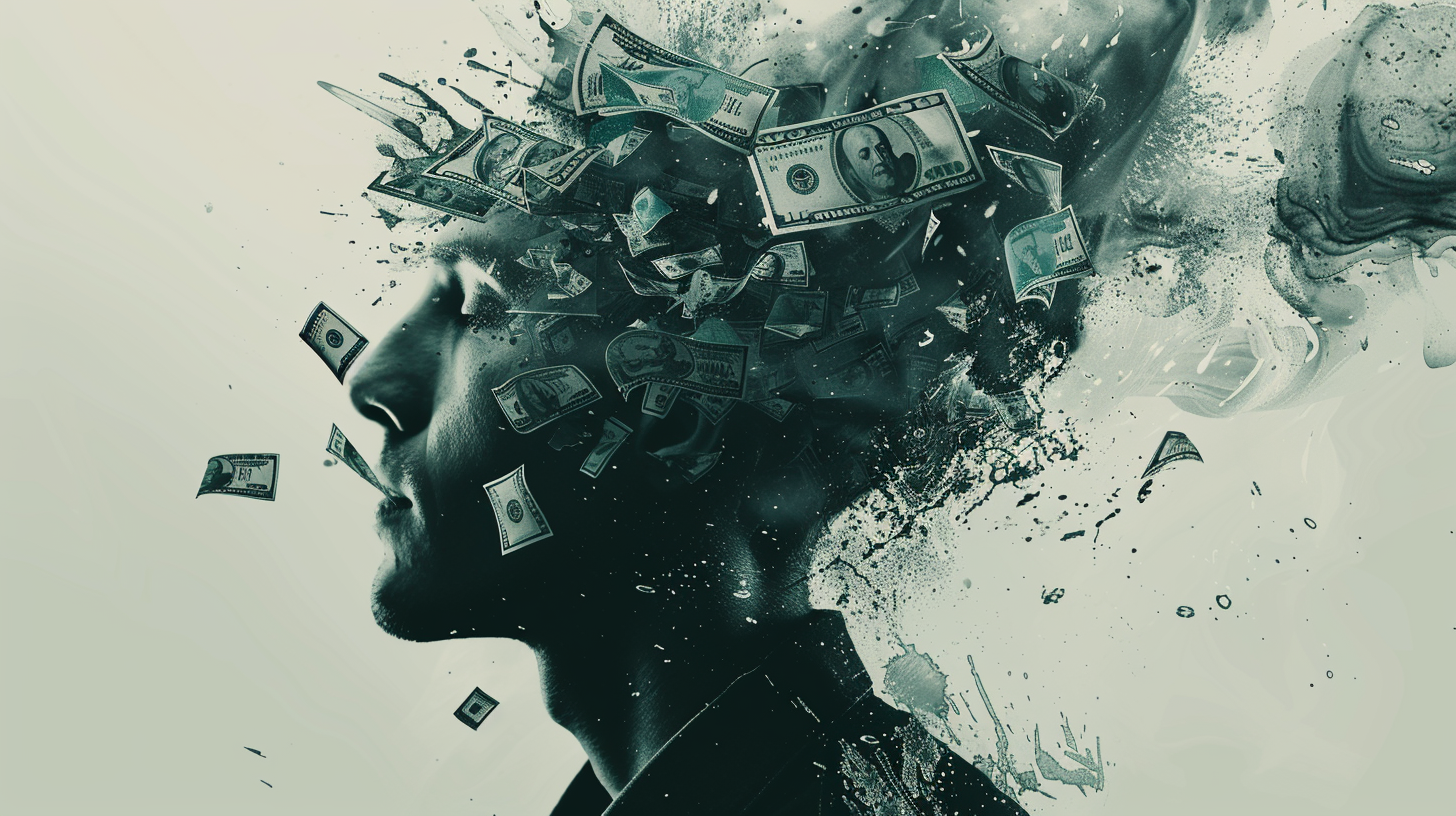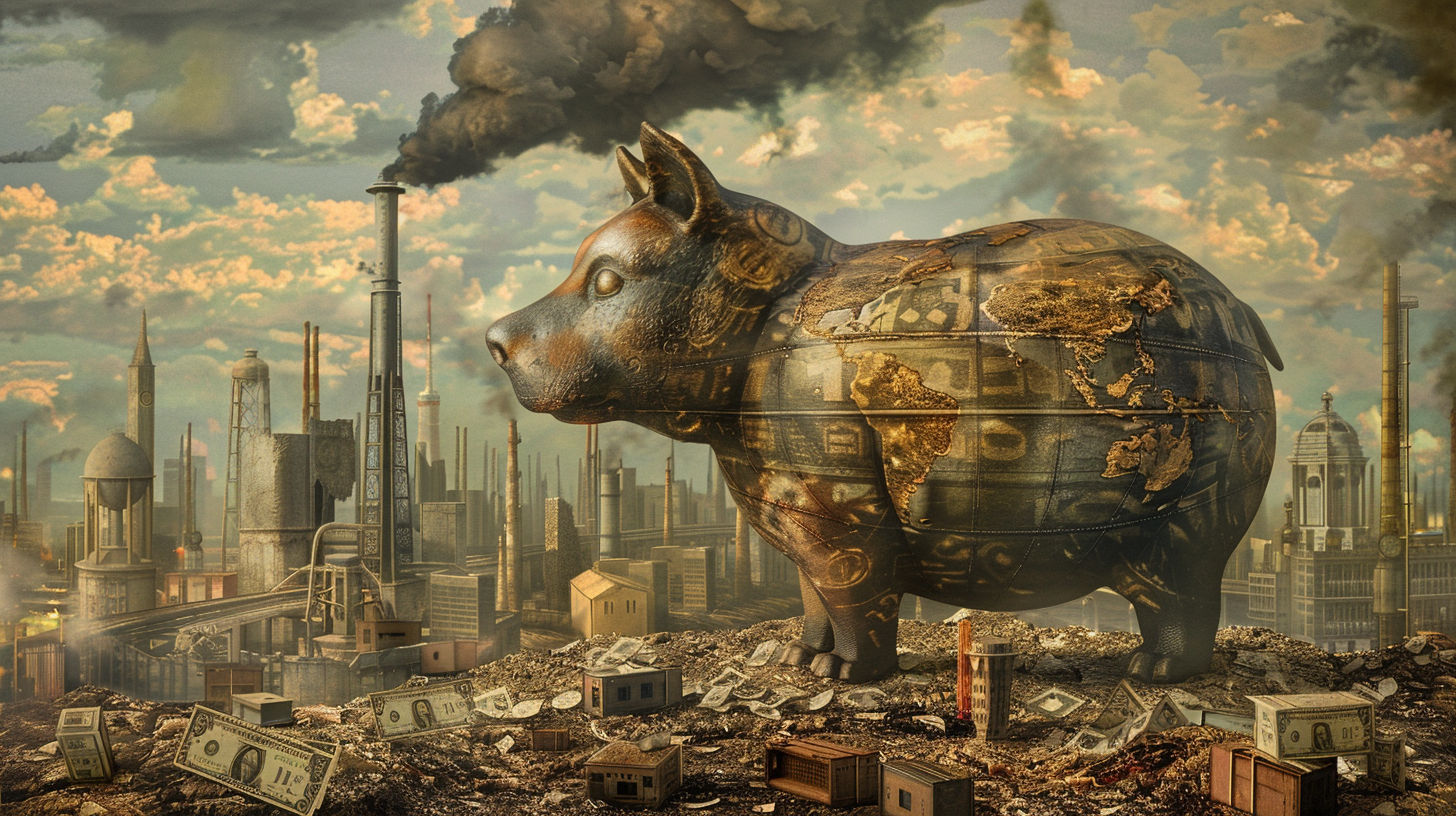Inflation is Coming – What to do Now
By Jeff Clark of Casey Research
We’ve all heard of the inflationary horrors so many countries have lived through in the past. Developing nations and advanced economies alike – no country in history has escaped the debilitating fallout of unrepentant currency abuse. And we expect the same fallout to impact the US, the EU, Japan – all of today’s countries that have turned to the printing press as a solution to their economic woes.
Now, it seems obvious to us that the way to protect oneself against high inflation is to hold one’s wealth in gold. But did citizens in countries that have experienced high or hyperinflation turn to gold in response? Gold enthusiasts may assume so, but what does the data actually show?
Here’s a country-by-country analysis.
Brazil
Investment demand for gold grew before Brazil’s debt crisis and economic stagnation of the 1980s. However, it really took off in the late 80s, when already-high inflation (100-150% annually) picked up steam and hit unsustainable levels in 1989.
During this period, investment demand for bullion skyrocketed 333%, from 20 metric tons in 1976 to 86.5 metric tons in 1989.
And notice what happened to demand when inflation began to reverse – substantial liquidations, showing demand’s direct link to inflation.
Indonesia
Indonesia was hit by a severe economic crisis in 1998. The average inflation rate spiked to 58% that year.
Gold demand doubled as inflation surged. It’s worth pointing out that investment demand in 1997 was already at a record high.
Also, total demand (not just demand directly attributable to investment) in 1999 reached 120.8 metric tons, 18% more than in pre-crisis 1997. But overall, once inflation cooled, so again did gold demand.
India
While India has a traditional love of gold, its numbers also demonstrate a direct link between demand and rising inflation. The average inflation rate in 1998 climbed to 13%, and you can see how Indians responded with total consumer demand.
Gold demand hit a record of 774.4 metric tons, 13% above the record set just a year earlier. In fairness, we’ll point out that gold consumption was also growing due to a liberalization of gold import rules at the end of 1997.
When inflation cooled, the same pattern of falling gold demand emerged.
Egypt, Vietnam, United Arab Emirates (UAE)
Here are three countries from the same inflationary time frame last decade. Like India, we included jewelry demand since that’s how many consumers in these countries buy their gold.
Egypt saw inflation triple from 2006 to 2008, and you can see consumer demand for bullion grew as well. Even more impressive is what the table doesn’t show: investment demand grew 247% in 1998 over the year before. Overall tonnage was relatively modest, though, from 0.7 to 2.5 metric tons.
Vietnam and the United Arab Emirates saw similar patterns. Gold consumption increased when inflation peaked in 2008. Again, it was investment demand that saw the biggest increases. It grew 71% in Vietnam and 27% in the United Arab Emirates.
And when inflation subsided? You guessed it: demand fell.
Japan
Prime Minister Shinzo Abe’s plan to kill deflation pushed Japan’s consumer price inflation index to 1.2% last year – still low, but it had been flat or falling for almost two decades, including 2012.
In response, demand for gold coins, bars, and jewelry jumped threefold in the Land of the Rising Sun.
Interestingly, one of the biggest investment sectors that saw increased demand was pension funds.
Belarus
Unlike many of the nations above, citizens from this country of the former Soviet Union do not have a deep-rooted tradition for gold investment. However, in 2011, the Belarusian ruble experienced a near threefold depreciation verses the US dollar. As usual, people bought dollars and euros – but in a new trend, turned to gold as well.
We don’t have access to all the data used in the tables above, but we have firsthand information from people in the country. In the first quarter of 2011, just when it became clear inflation would be severe, gold bar sales increased five times compared to the same period a year earlier. In March alone that year, 471.5 kg of gold (15,158 ounces) were purchased by this small country, which equaled 30% of the previous years’ total gold sales. Silver and platinum bullion sales grew noticeably as well.
The “gold rush” didn’t live long, however, as the central bank took measures to curb demand.
Argentina
Argentina’s annual inflation rate topped 26% in March of last year, which according to Bloomberg, made residents “desperate for gold.” Specific data is hard to come by because only one bank in the country trades gold, but everything we read had the same conclusion: Argentines bought more gold last year than ever before.
At one point, one bank, Banco Ciudad, even tried to buy gold directly from mining companies because it couldn’t keep up with demand. Some analysts report that demand has continued this year but that it has shown up in gold stocks.
What to Do NOW
History clearly shows there is a direct link between inflation and gold demand. When inflation jumps, or even when inflation expectations rise, investors turn to gold in greater numbers. And when gold demand rises, so does its price.
With the amount of money the developed countries continue to print, high to hyperinflation is virtually inevitable. We cannot afford to believe in free lunches.
The conclusion is inescapable: one must buy gold (and silver) now, before the mass rush. The upcoming inflationary storm will encompass most of the globe, so the amount of demand could push prices far higher than many think – and further, make bullion scarce.








 As fiscal imbalances persist, driven by coercive measures and artificial currency creation, the middle class faces erosion and purchasing power dwindles. But as the world hurtles towards a potential reckoning, the lingering question remains: can this precarious balance last, or are we teetering on the brink of a cataclysmic economic shift?
As fiscal imbalances persist, driven by coercive measures and artificial currency creation, the middle class faces erosion and purchasing power dwindles. But as the world hurtles towards a potential reckoning, the lingering question remains: can this precarious balance last, or are we teetering on the brink of a cataclysmic economic shift? Beneath the veneer of headline job gains, the American economy teeters on the brink: native employment dwindles as part-time and immigrant jobs surge. Government hiring camouflages looming recession warnings. Inflation and political blunders worsen the crisis, fueling public outrage at the establishment’s mishandling of the economy.
Beneath the veneer of headline job gains, the American economy teeters on the brink: native employment dwindles as part-time and immigrant jobs surge. Government hiring camouflages looming recession warnings. Inflation and political blunders worsen the crisis, fueling public outrage at the establishment’s mishandling of the economy. On April 5 1933, Franklin D. Roosevelt abandoned the gold standard, wielding questionable legal power amidst America’s dire economic depression. His whimsical approach to monetary policy, including coin flips and lucky numbers, unleashed unprecedented inflation and price increases that have since amounted to nearly 2500%. Our guest commentator explores this tragic history and the legacy […]
On April 5 1933, Franklin D. Roosevelt abandoned the gold standard, wielding questionable legal power amidst America’s dire economic depression. His whimsical approach to monetary policy, including coin flips and lucky numbers, unleashed unprecedented inflation and price increases that have since amounted to nearly 2500%. Our guest commentator explores this tragic history and the legacy […] Welcome to the world of modern economics where the term “inflation” no longer signifies the increase in the quantity of money, but has evolved into a plethora of buzzwords. From “shrinkflation” to “greedflation,” these new terms and semantic shifts are by no means harmless but a manipulation of popular sentiment. Von Mises said they play […]
Welcome to the world of modern economics where the term “inflation” no longer signifies the increase in the quantity of money, but has evolved into a plethora of buzzwords. From “shrinkflation” to “greedflation,” these new terms and semantic shifts are by no means harmless but a manipulation of popular sentiment. Von Mises said they play […] Assuming CPI measurements are not understatements, the dollar’s value has plummeted by a staggering one-fifth since 2020, yet, rather than acknowledging its role in fueling this economic turmoil, the Biden administration deflects, casting capitalism and corporate greed as the villains. The latest February CPI data show more signs of the upcoming inflation bloodbath.
Assuming CPI measurements are not understatements, the dollar’s value has plummeted by a staggering one-fifth since 2020, yet, rather than acknowledging its role in fueling this economic turmoil, the Biden administration deflects, casting capitalism and corporate greed as the villains. The latest February CPI data show more signs of the upcoming inflation bloodbath.
Leave a Reply